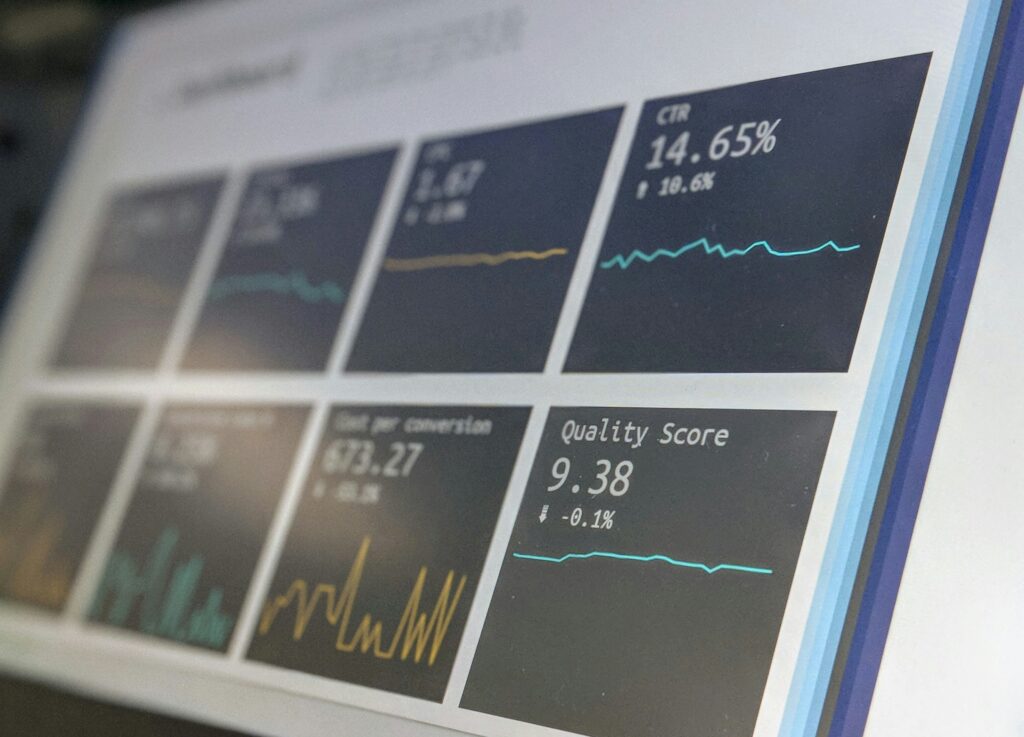Healthcare Consulting
Healthcare and the Cannsult Value Proposition

Cannsult Understands Healthcare
The healthcare industry, on both the Provider and Payor side, faces numerous challenges that demand constant attention, creativity, and innovation. One of the major challenges is the rising cost of healthcare, which puts significant strain on individuals, insurance companies, and governments. In addition, the rapid pace of medical technology presents the industry with the sometimes contradictory goals of embracing cutting-edge treatment options with accessibility and affordability. A less recognized challenge is the increasing prevalence of chronic diseases and aging populations, placing a significant burden on healthcare systems, which requires long-term management strategies.
From a data perspective, ensuring patient privacy and data security in an increasingly digital landscape is a consistent concern. Addressing these challenges requires collaboration among all the various stakeholders and, most importantly, requires a highly engaged and highly competent staff. Strengthening healthcare professionals with problem-solving and process design skills is the key to an organization’s ability to integrate transformative technologies, increase overall efficiencies, and most importantly, continually improve access to high-quality healthcare services.
Understanding the Impact of Technology and AI on Healthcare
The impact of technology and AI on healthcare has been transformative, revolutionizing various aspects of the industry.
Improved Diagnosis and Treatment
AI algorithms are able to analyze medical images (such as X-rays, CT scans, and MRIs) to assist healthcare professionals in determining an accurate diagnosis. Machine learning models can learn from vast datasets to identify patterns and anomalies that may be difficult for humans to detect. AI-powered diagnostic tools have shown significant promise in detecting the most common diseases such as cancer and heart disorders, leading to earlier interventions and improved patient outcomes.
Personalized Medicine
AI has the ability to analyze large datasets, including genomic data, patient history, and clinical trial data, to identify personalized treatment plans. AI algorithms can consider individual characteristics in order to predict patient responses to specific medications, assisting healthcare providers prescribe more tailored and effective treatment options.
Remote Patient Monitoring
Technology allows for remote monitoring of patients’ vital signs, which allows healthcare professionals to keep track of patient health status outside of traditional healthcare settings. Wearable devices (like smartwatches and fitness trackers) can monitor factors such as heart rate, blood pressure, and sleep patterns. This data can be transmitted to healthcare providers, who can intervene if any anomalies or health risks are detected.
Data Management
Technology enables healthcare providers to store, access, and manage vast amounts of patient data more efficiently. Electronic Health Records (EHRs) allow for digital storage of patient information, ensuring accessibility, accuracy, and easy sharing of data among healthcare professionals. This improves the speed and coordination of care, reduces errors, and enables faster decision-making.
Streamlined Administrative Processes
Technology and AI streamline administrative tasks in healthcare (such as appointment scheduling, billing, and insurance claim processing). Automated systems reduce paperwork, greatly improve efficiency and quality, and free up time for healthcare providers to focus on patient care.
Drug Discovery and Development
AI algorithms can analyze vast amounts of scientific literature and research data to aid in drug discovery and development. By identifying patterns and relationships, AI can accelerate the identification of potential drug candidates, predict drug toxicity, and optimize clinical trial designs, potentially reducing the costs and time required for bringing new drugs to market.
Improved Patient Engagement and Education
Technology provides a much better way for patients to access health information, educational resources, and virtual support communities. Mobile applications and online platforms provide opportunities for patients to actively participate in their own care, monitor their health, and access personalized advice.
How we work with you to improve your organization
01
Discovery and Planning
02
Prepare Leaders and Infrastructure
03
Implement Daily Problem-Solving
04
Root Cause Analysis Projects
Discovery and Planning
- Understand the organization. (Type of Manufacturing, Customer/Market, Company History, Org Structure)
- Understand your organizational goals.
- Understand current challenges and risks facing your organization.
- Meet the team and understand resource constraints.
- Prepare a high-level plan including scope, timeline, resources required, and expected ROI.
- Solidify Statement of Work.
Prepare Leaders and Infrastructure
- Understand current infrastructure to support improvements. (if any)
- Identify internal Continuous Improvement Lead(s).
- Meet with each Departmental or Business Unit Leader. (in scope)
- Perform an initial Assessment to identify opportunities and to be used as a baseline.
- For each Department/Business Unit:
- Create a high-level process map.
- Identify KPIs. (aligned with Organizational goals)
- Establish Visual Performance Management. (A graphical representation of KPIs)
- Perform a Gap/Opportunity Assessment.
- Prioritize Gaps and Opportunities.
- Provide training to leaders (Sponsors, Champions) who will be supporting the Improvement Teams. (2-day training)
- Provide stakeholder training; a high-level overview of the method, tools, and terminology to ensure organizational alignment. (2-hour training)
Implement Daily Problem-Solving
Select initial areas of focus, Departments, Functions, or Work Areas. Which may include core functions, Engineering, Supply Chain, Production, Quality, etc. And/or support functions, HR, Technology, Finance/Accounting, Legal, etc.
Prioritize and scope based on impact on organizational goals, logical sequence, and resource availability.
Select initial daily problem-solving teams.
Provide training for daily problem-solving teams. (5-day training)
Implement Daily Problem-Solving and Visual Performance Management in each selected area.
Identify issues to be escalated; issues that require a higher skill level to resolve. (E.g. cross-functional issues, high complexity, high risk, high cost, etc.)
Root Cause Analysis Projects
With Departmental Leaders, prioritize escalated issues based on impact, logical sequence, and resource availability.
Select initial Root Cause Analysis (Green Belt) teams.
Provide Green Belt Training (Root Cause Analysis project training) for selected team members; Projects launched during training. (8-day training)
Provide project direction and support throughout the project duration. (Estimate 3 to 4 months for each improvement project)
Provide direction and support through project closure.
Validate improvement results and calculate ROI.

Cannsult Improvement Examples (Quick Version): Healthcare
Reduced the provider audit burden by eliminating redundant data capture and coordinating the timing of audits both within the government and with external partners. (OIG, DOJ, and States)
Improve the speed for Advocacy groups (such as State Health Insurance Plans) to receive timely access to rapidly evolving Medicare Health and Prescription Drug Plan information, which has a direct impact on services provided, partner satisfaction, and the patient experience.
Reduce time for certified providers to receive an approval or denial after the application for enrollment is submitted and a State Survey is completed Reduce the cost of remediation and reasonable accommodation provision for non-compliant EEO complaint-related documents.
Increase the number of 508 compliant documents.
Increase Medicare Part C&D network adequacy and provider contracts.
Improve results of performance audits, validation audits, and internal controls.
Increase Account Manager access to critical information. (Compliance reviews,
grievances, data patterns/trends)
Similarities between Healthcare and other industries
When creating a culture of Continuous Improvement, in some ways, Healthcare is no different from any other industry in that the same high-level steps apply.
Get our Lean6sigma Certification Online
via Hybrid Platforms
Our Comprehensive Training Programs are now available on iOS, Android, and a Web platforms.

Testimonials
How our Customers React?
Have a look at how Cannsult transform their Partners businesses and help them achieve their business Goals.
Nicholas Kovacevich
Entrepreneur and Executive
Nigel Beeby
Process Engineer at MM Kembla
Kyle Stavig
CEO @ North Coast Container
Eliza G.
Specialty Raw Materials and Ingredients for Personal Care
Darril Wilburn
Sr. Partner at Honsha.ORG
Greg Burns
President - Burns AssociatesPresident
Let's Connect
Thank you for your interest in Cannsult Inc. If you have any questions or want to know more about us, please send us a message.
- (561) 890-2235
- info@cannsult.org
- Melbourne, Florida, 32940, USA

